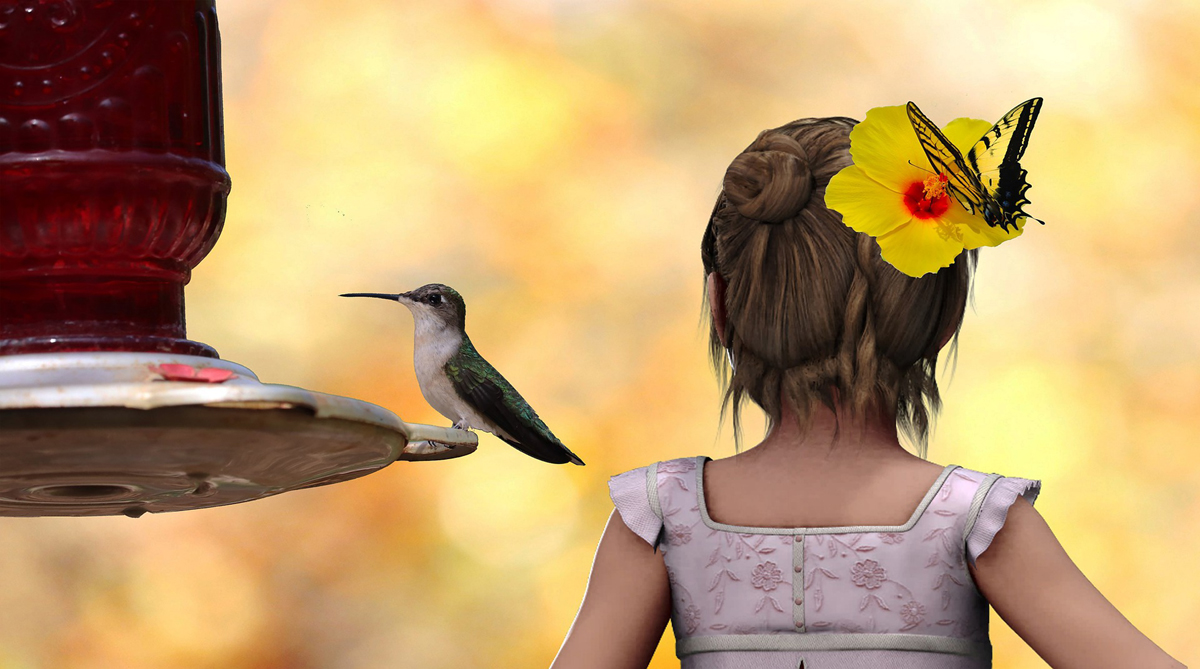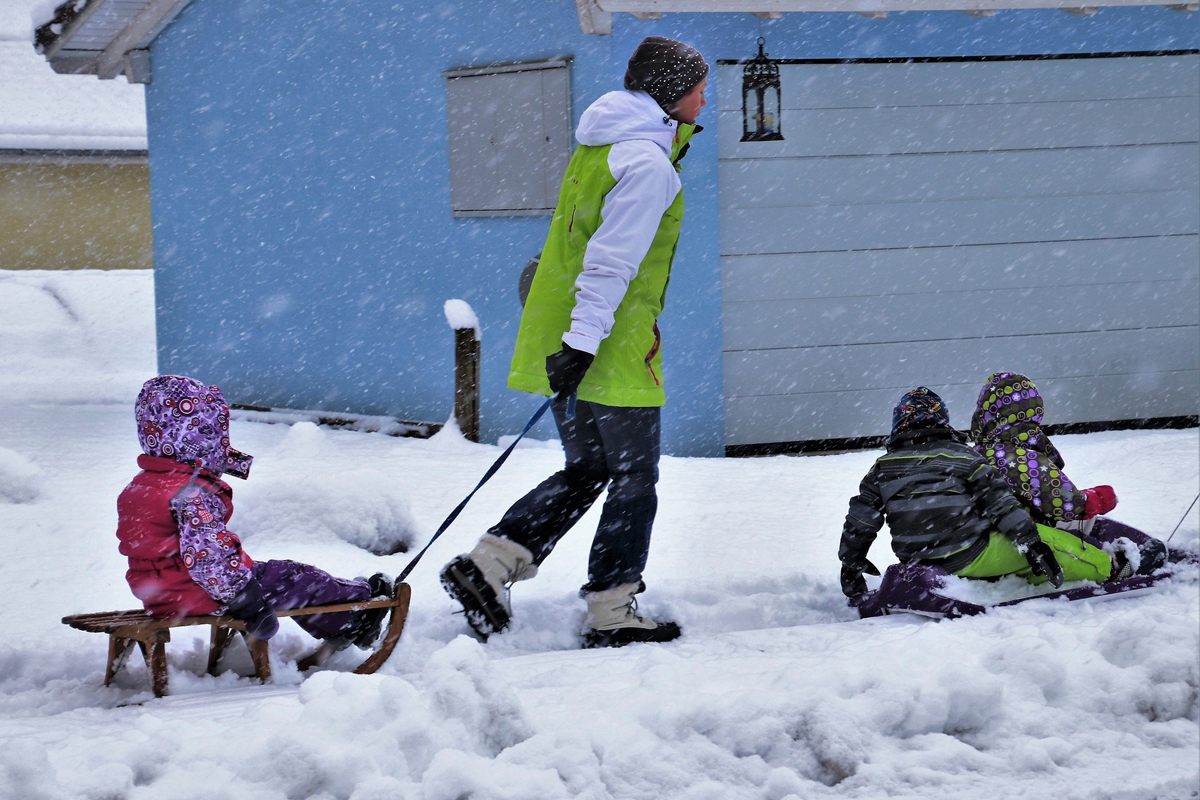Teaching Your Child Kindness Towards Animals

Surely children and pets go together like… well, jelly and peanut butter, a horse and cart, strawberries and cream? … but that’s not always the case. When children and pets are with each other you might be led to believe that whilst your kids aren’t made of snips and snails, they have been created to pull puppy dogs tails. And to tease sleeping cats, chase flocks of pigeons away from the crumbs someone’s scattered for them and squash stranded worms on the pavement.
Regrettably young children and pets don’t naturally interact well, toddlers often see animals, like other objects in the house, as toys to be manipulated for their own entertainment. The long ears, tails, fur, feathers or other interesting features make yanking, tugging, squeezing, squashing and chasing them even more enjoyable.
But because toddlers see this kind of behavior as fun, that most certainly doesn’t mean that it’s acceptable. After all you want your children and pets to get along together so you’re going to have to teach your toddler respect for animals. Not teaching them to be kind to their pets can have a negative effect on both the children and pets – many creatures have no defense against curious toddlers or alternatively an animal who can defend itself may do so. Try the following to begin to teach your child empathy with and respect for animals:
Find Different Kinds of Animal Friends
If your toddler meets different kinds of animals in different settings, they will begin to feel more comfortable around them. Make sure that the owner is present though, and happy for your child to interact with her animals – safety is of course paramount when children and pets are together. Never, ever leave your toddler unsupervised with a pet, no matter how docile you believe that creature to be.
Books
These are a great place to find new animals to introduce to your child. Start with simple books with large, easy to distinguish pictures of familiar animals. Then move on to more exotic and unfamiliar species. Toddlers particularly enjoy books about baby animals or about children and pets like themselves and their pets, which will including animals they are familiar with.
Teach Your Child The Art of Petting
When children and pets are together, the child’s natural response is to smother the animal with their own particular brand of love. You are responsible for showing your child how to safely pet an animal. You can begin by using your toddler’s collection of stuffed animals to practice on. “See, this is how you pet Rabbit, gently and slowly, just how he likes it.” Or for even more fun, get your child to pretend he or she is a baby animal that you can pet gently. If you’re feeling really brave, then you can pretend to be the animal yourself and let your child pet you!
Explain That it Hurts
Tell your toddler that animals have feelings too, and that tail pulling, ear pulling, kicking and squeezing will hurt the animal as much as it would hurt them. Be very firm with them and absolutely clear that such actions are completely unacceptable.
No Teasing
When children and pets are together they often want to play. But what a child sees as an enjoyable game, may in fact be teasing the animal. Teasing animals is not only unkind but potentially dangerous. Actions such as waving a bone out of a dog’s reach or pretending to eat from its bowl may bring about an aggressive reaction from the animal.
Of course children and pets do get along together, and once your child has learned respect and love for the animals in his or her life, you will have laid the foundations for them to enjoy lifetime of happiness and love with members of the animal kingdom.
The Author:
Ellie Dixon lives in deepest rural Devon, England with her husband and two very large Newfoundland dogs. She is passionate about vintage illustrated children’s books and loves to restore and edit them for today’s kids to rediscover.
Photo. GeorgeB2








